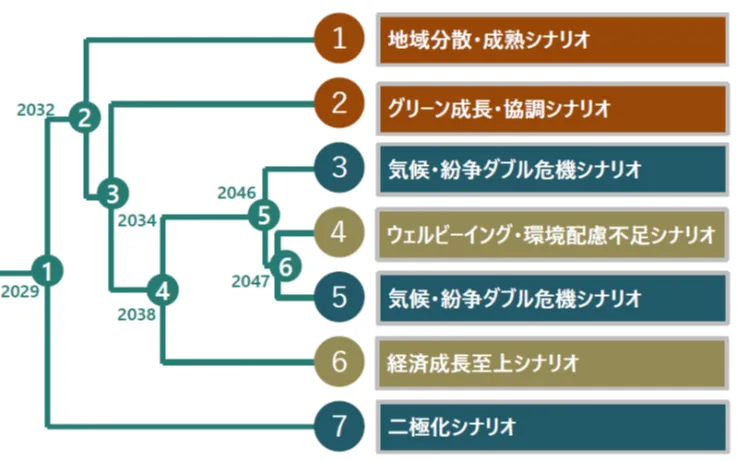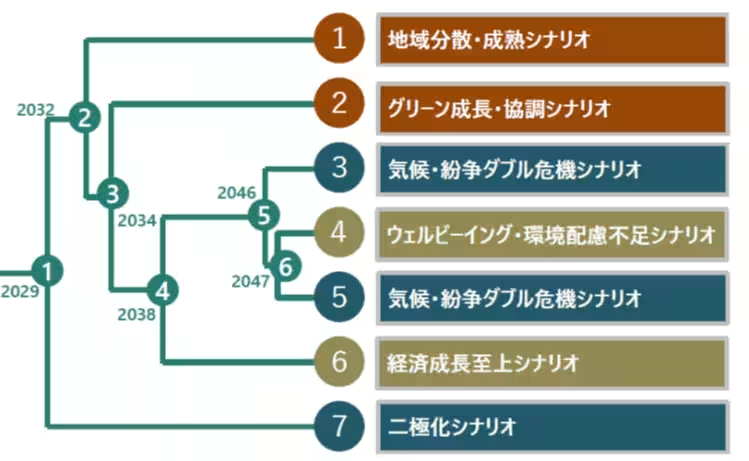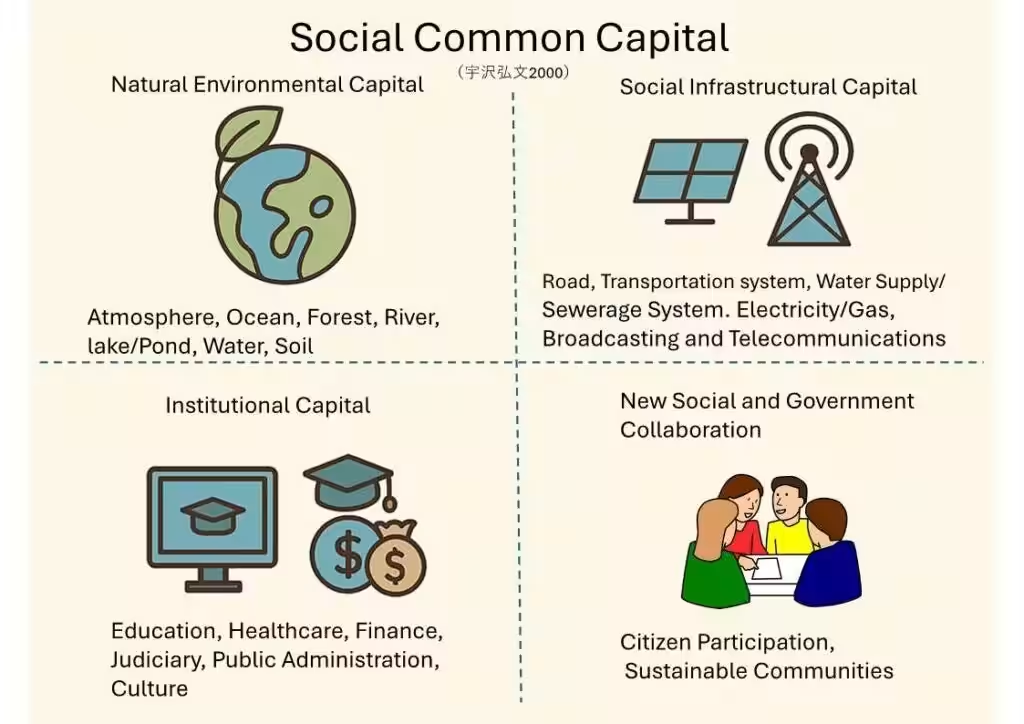

AI-Driven Policy Proposals for a Sustainable Global Society
Introduction
In modern times, the planet faces unprecedented crises including climate change, ecological degradation, rising economic disparities, and frequent conflicts. Discussions surrounding the concept of "planetary boundaries" reflect concerns about Earth's limited resources. Amid these challenges, Kyoto University, led by Professor Yoshinori Hiroi, and Hitachi's Future Challenges Research Department have embarked on a joint project aimed at harnessing AI technology to formulate future simulations and policy recommendations. Their work culminated in the publication of their findings on sustainable futures for Japan in September 2017, which have since been utilized by various local governments for future planning and policy-making.
Methodology
The research focused on identifying 294 crucial indicators related to the current and future state of global society. These indicators were compiled from relevant reports and international databases. Using these indicators, the researchers developed a causal model to conduct 20,000 simulations directed towards the year 2050 with the help of their AI-driven Policy Proposal technology, also known as the Future Scenario Simulator. Each simulation was analyzed for its implications.
Simulation Results
The simulations indicated that the future of global society could diverge into seven distinct scenarios by 2050. These scenarios reflect varying levels of feasibility and potential outcomes based on multiple aspects including environmental, economic, social, and geopolitical factors:
1. Regional Dispersal and Maturity Scenario (Scenario 1): A relatively positive scenario demonstrating good performance across multiple facets.
2. Green Growth and Cooperation Scenario (Scenario 2): A scenario highlighting strong environmental fair practices coupled with economic growth.
3. Well-being & Environmental Neglect Scenario (Scenario 4): A combination of positive and negative aspects, showing improvement in human well-being while neglecting environmental issues.
4. Economic Growth Maximization Scenario (Scenario 6): High economic growth along with failing environmental standards.
5. Climate & Conflict Dual Crisis Scenario (Scenarios 3 and 5): Indicative of catastrophic outcomes due to climate change and rising conflict, particularly highlighting disparities between developed and developing nations.
6. Polarization Scenario (Scenario 7): The division between wealth levels of developed and developing countries worsens, exacerbating existing challenges.
This array of scenarios suggests that global society may evolve into significantly different futures, dependent on choices made from now until 2050.
Divergence Patterns
Among the seven scenarios, three showed favorable environmental outcomes regarding CO2 emissions and overall ecological performance, particularly:
- - Regional Dispersal and Maturity Scenario
- - Green Growth and Cooperation Scenario
- - Polarization Scenario
The divergence related to these scenarios is expected to manifest as early as 2034. Here’s a brief overview of the expected timelines:
1. The first divergence is projected around 2029, marking the split between the Polarization Scenario and other scenarios.
2. By 2032, the regional dispersal and maturity paradigm is expected to demonstrate distinct characteristics compared to its peers.
3. A pivotal split is anticipated around 2034, when the models for Green Growth and Cooperation will stand apart.
4. Subsequent divergences are projected for 2038, 2046, and 2047, leading to the branching of remaining scenarios.
Evaluation and Discussion
By contrasting the Regional Dispersal and Maturity Scenario (Scenario 1) with the Green Growth and Cooperation Scenario (Scenario 2), we gain insights into potential future societal structures. The Green Growth Scenario allows for continued economic globalization while maintaining some environmental considerations. Challenges such as inequality and conflict remain present in this context. Conversely, the Regional Dispersal Scenario signifies an economy that values localized growth, promoting ecological sustainability and peace through regional cooperation. It emphasizes the need for careful valuation of what policies and societal structures should be prioritized to reach the envisioned future.
Challenges and Future Directions
This research leverages AI technology to simulate and examine potential futures for global society. This endeavor can be seen as a modern iteration of the 1972 classic "Limits to Growth," utilizing data to highlight the finite nature of Earth's resources coupled with more contemporary social factors such as well-being and global disparities. While the model presents valuable insights, it is crucial to address its data collection and modeling techniques to enhance future outcomes. Discussions will continue to navigate toward aligning technological advances with sustainable future visions, emphasizing prompt action as results indicate that important decisions must be made as early as 2034.
Conclusion
With the growing urgency to combat climate change and inequality, this research illustrates potential pathways for a sustainable future. The need for collaborative international efforts and adaptive policy-making has never been more critical. Society must decide which trajectory to embrace to ensure a just and flourishing world for future generations.


Topics Policy & Public Interest)










【About Using Articles】
You can freely use the title and article content by linking to the page where the article is posted.
※ Images cannot be used.
【About Links】
Links are free to use.